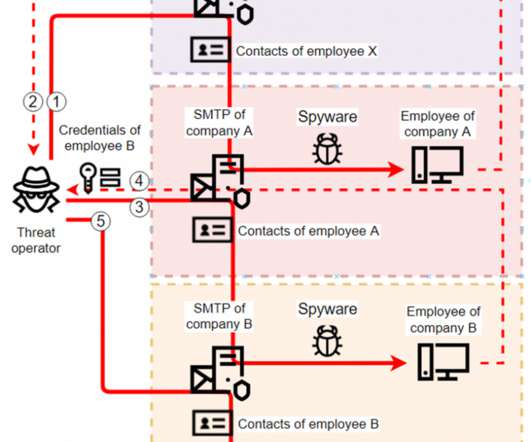Types of Malware & Best Malware Protection Practices
eSecurity Planet
FEBRUARY 16, 2021
Adware, also known as malvertising , is a type of malware that downloads or displays advertisements to the user interface. Users sometimes unknowingly infect themselves with adware installed by default when they download and install other applications. Phishing and Social Engineering.













Let's personalize your content